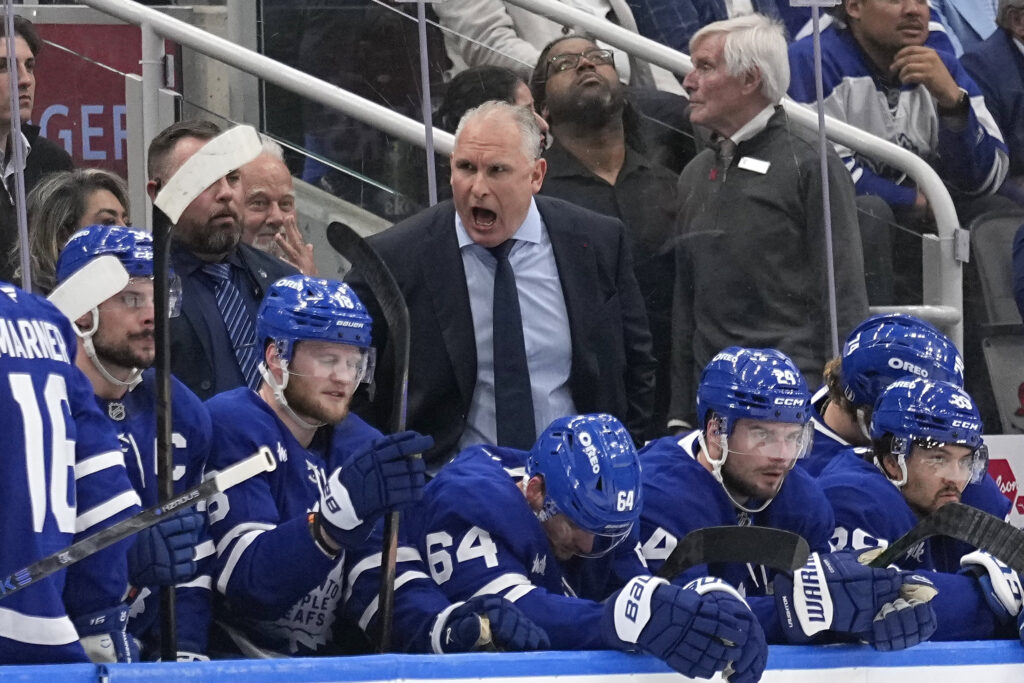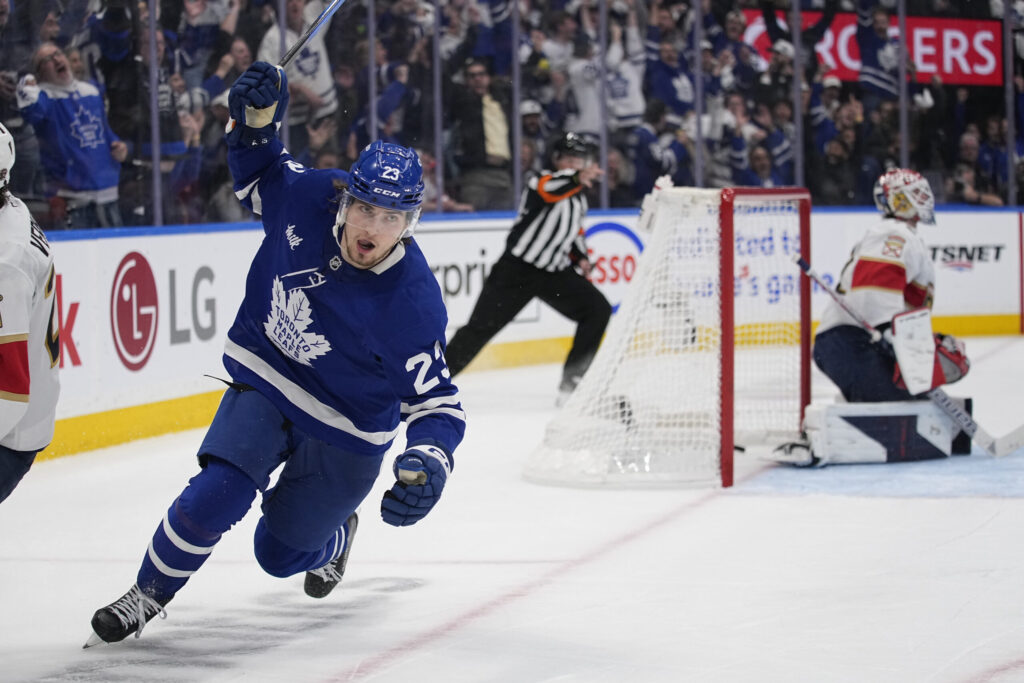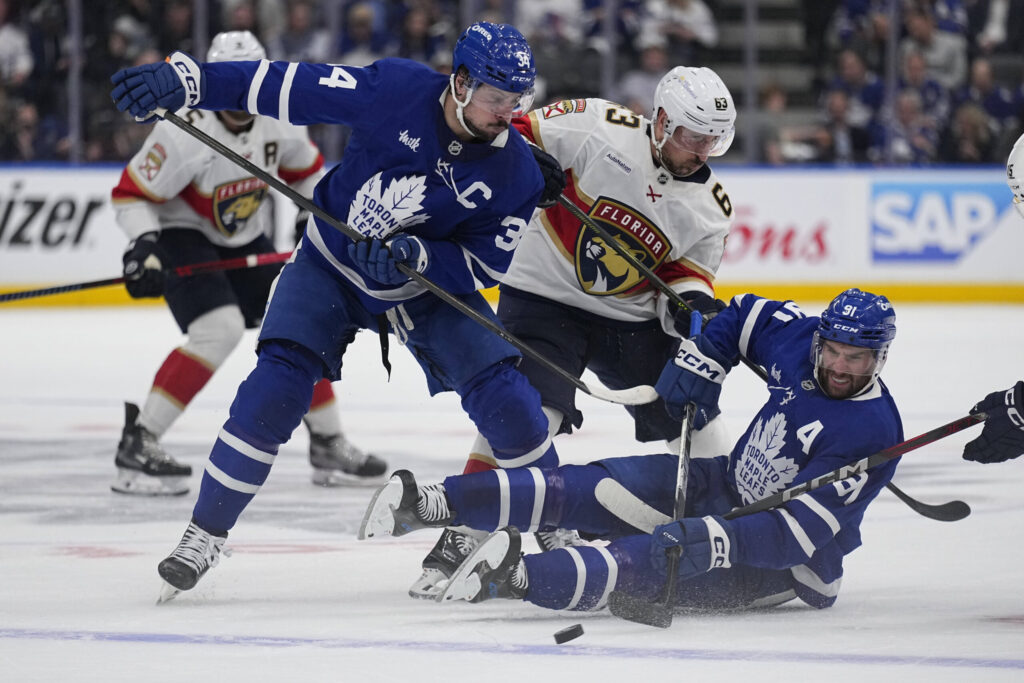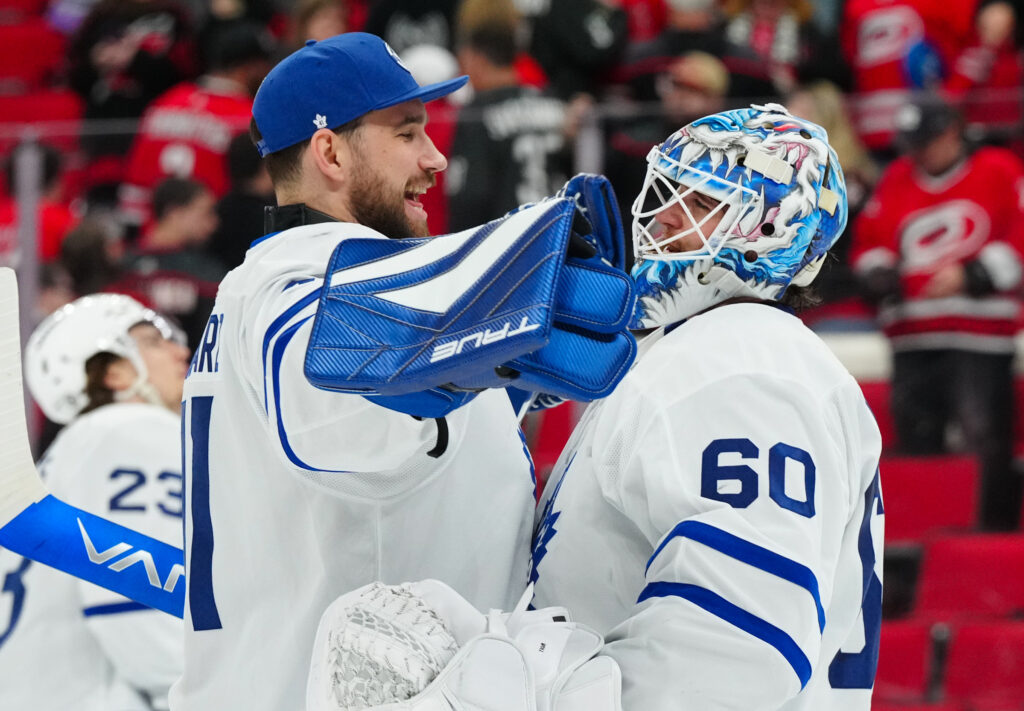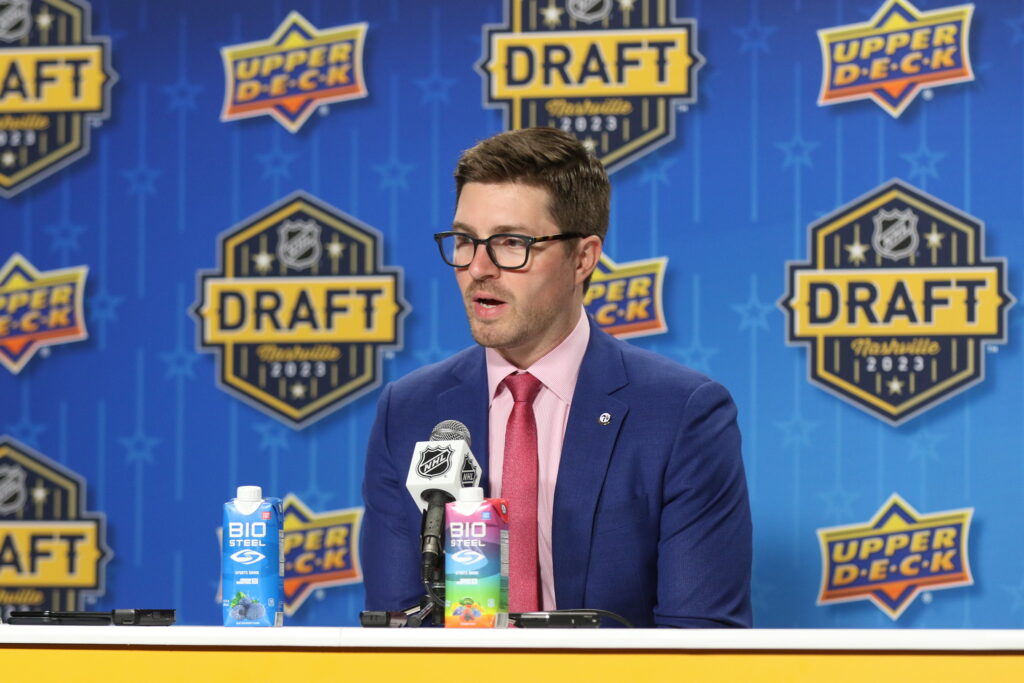August 27, 2025
Toronto’s Crucible: Three Maple Leafs Facing a Make-or-Break Season
The dust has settled. The blockbuster trade that sent Mitch Marner out of Toronto has irrevocably altered the landscape of the Maple Leafs, closing the book on one of the most polarizing and scrutinized eras in franchise history. As the organization pivots, a new narrative begins to write itself. But for every new beginning, there’s an accompanying pressure to perform—a weight of expectation that falls unevenly across the locker room. With Marner’s $10.9 million cap hit and his dynamic, if sometimes maddening, offensive contributions gone, a vacuum has been created. The onus to fill that void now rests squarely on
